Increased Focus on Patient Safety
The Peripherally Inserted Central Catheter Market is witnessing a heightened focus on patient safety and infection control. Healthcare institutions are implementing stringent protocols to minimize the risk of catheter-related bloodstream infections (CRBSIs), which can lead to severe complications and increased healthcare costs. The adoption of antimicrobial-coated catheters and enhanced training for healthcare professionals are among the strategies being employed to improve safety. Recent studies indicate that the use of these advanced catheters can reduce infection rates by up to 50%. As patient safety becomes a priority for healthcare providers, the demand for safer catheter options is likely to drive growth in the Peripherally Inserted Central Catheter Market.
Regulatory Support and Guidelines
The Peripherally Inserted Central Catheter Market is positively impacted by regulatory support and guidelines aimed at improving vascular access practices. Regulatory bodies are increasingly establishing standards for catheter design, insertion techniques, and maintenance protocols to enhance patient safety and efficacy. For example, guidelines from health authorities recommend the use of specific catheter types for various clinical scenarios, which can influence purchasing decisions by healthcare facilities. This regulatory framework not only promotes best practices but also encourages manufacturers to innovate and comply with safety standards. As a result, the Peripherally Inserted Central Catheter Market is likely to benefit from increased trust and adoption of these devices in clinical settings.
Rising Prevalence of Chronic Diseases
The Peripherally Inserted Central Catheter Market is significantly influenced by the rising prevalence of chronic diseases such as cancer, diabetes, and cardiovascular disorders. These conditions often require long-term intravenous therapy, leading to an increased demand for peripherally inserted central catheters. According to recent data, the incidence of chronic diseases is expected to rise, with projections indicating that by 2025, nearly 60% of the population may be affected by at least one chronic condition. This trend necessitates effective and reliable vascular access solutions, thereby propelling the growth of the Peripherally Inserted Central Catheter Market. Healthcare providers are increasingly recognizing the importance of these catheters in managing complex treatment regimens, further driving market expansion.
Growing Demand for Home Healthcare Solutions
The Peripherally Inserted Central Catheter Market is experiencing a shift towards home healthcare solutions, driven by the increasing preference for outpatient care and home-based treatments. Patients with chronic conditions often require long-term intravenous therapy, which can be effectively managed at home with the use of peripherally inserted central catheters. This trend is supported by advancements in telehealth and remote monitoring technologies, allowing healthcare providers to oversee patient care from a distance. The market for home healthcare is projected to grow significantly, with estimates suggesting a compound annual growth rate of over 10% in the coming years. As more patients opt for home-based care, the Peripherally Inserted Central Catheter Market is likely to expand to meet this demand.
Technological Advancements in Catheter Design
The Peripherally Inserted Central Catheter Market is experiencing a surge in technological advancements that enhance catheter design and functionality. Innovations such as biocompatible materials and advanced insertion techniques are being developed to improve patient outcomes and reduce complications. For instance, the introduction of ultrasound-guided insertion techniques has been shown to increase success rates and minimize the risk of complications. Furthermore, smart catheters equipped with sensors for real-time monitoring are gaining traction, potentially transforming patient care. The market is projected to grow at a compound annual growth rate of approximately 8% over the next few years, driven by these advancements. As healthcare providers increasingly adopt these technologies, the Peripherally Inserted Central Catheter Market is likely to expand significantly.


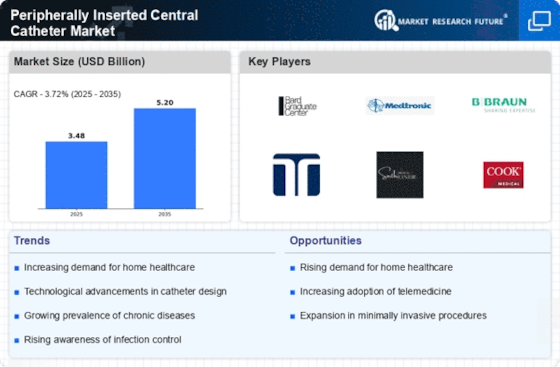
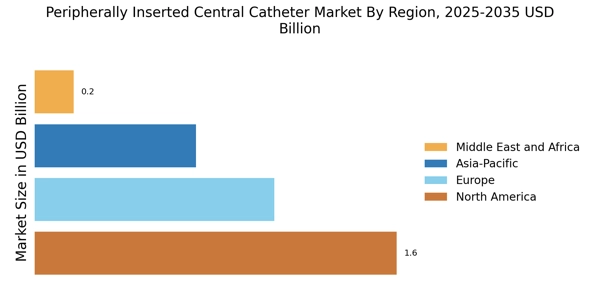
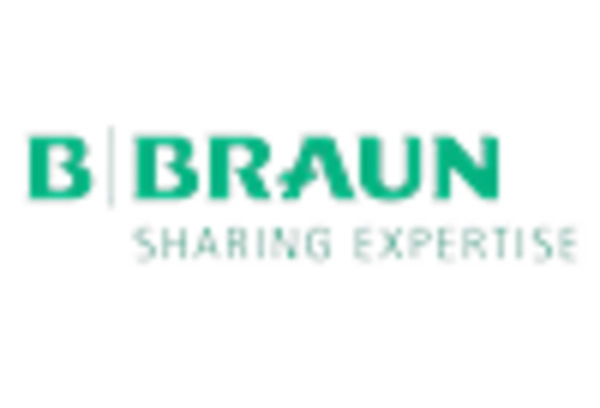
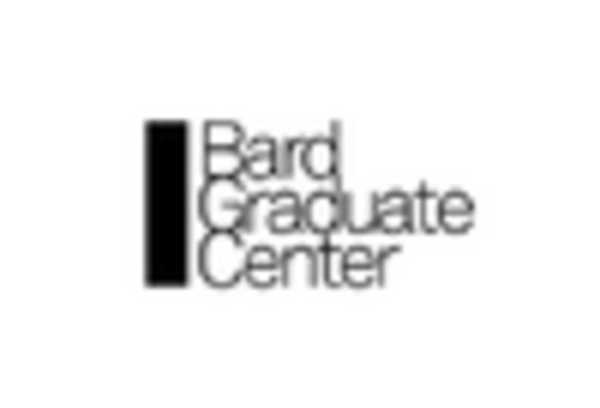
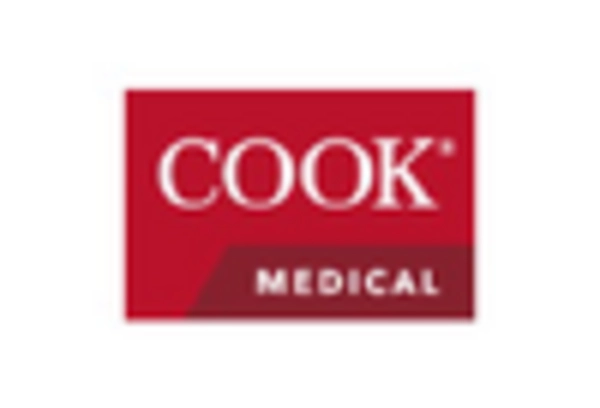


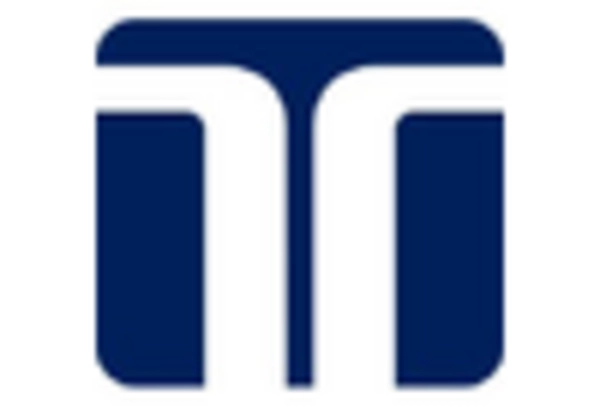








Leave a Comment